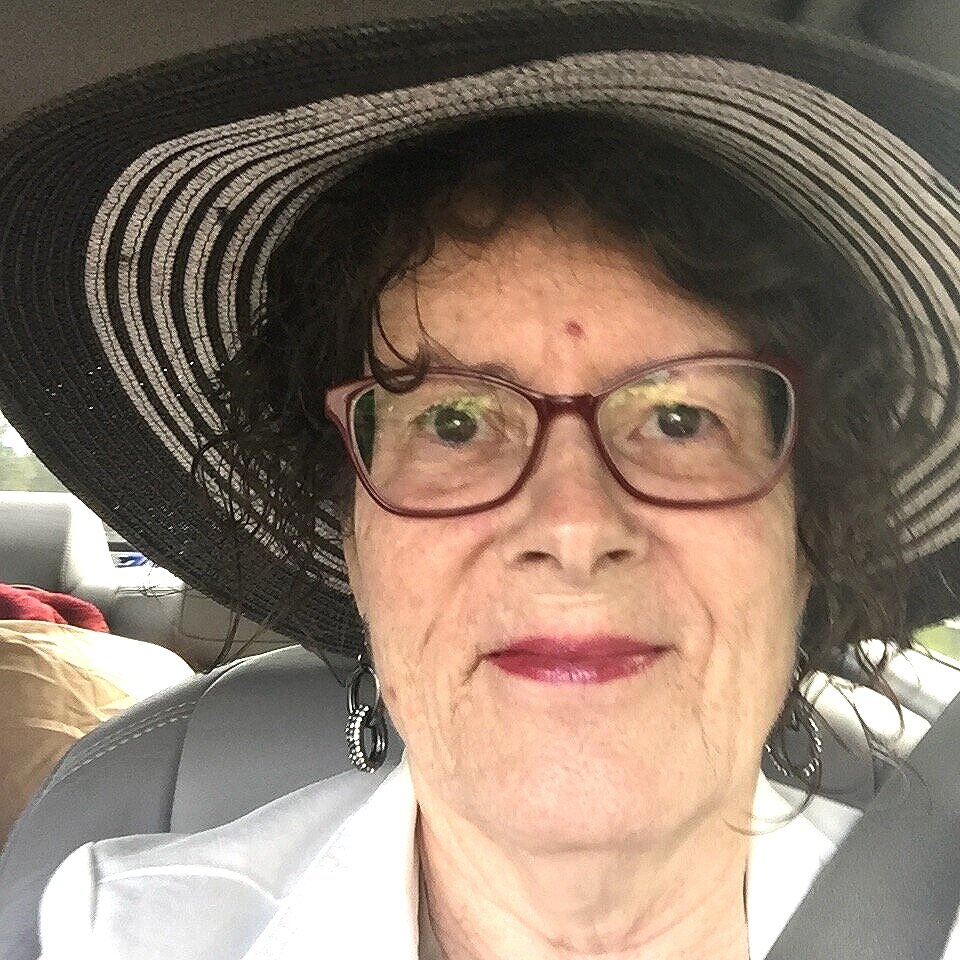 Blog
Blog
When a Family Caregiver is No Longer a Caregiver
Becoming Me, Without You Blog Series
An Introduction by Rachael Crabb
“Things are not as they were
Things are not as they should be
Things are not as they could be
Things are not as they will be
They are what they are
And God is in the center
Of what they are”
~Coleman & Tracy Pratt
Tracy Pratt is our guest columnist this month, and I’m introducing her to you with a story about a painting. When Larry and I moved to Charlotte, I dragged along two doors from an old wardrobe. I had pictured those doors with a Narnia scene on them for Larry’s office, forgetting that his office walls were all bookcases. Determined to pursue my vision, I approached Tracy with my wild thought. She told me she hadn’t painted in years but would try it. A few months later, the doors were hanging on the stairway to the loft, and folks had no trouble recognizing Narnia with that lampost in the painting.
This past weekend, Coleman and Tracy came to “reclaim” the doors. (I no longer have the walls to hang those doors.) Within a few hours of them driving away, they sent a picture of the doors hanging in their home.
With tears in my eyes, I tell you that I am so grateful for the friendship of Coleman and Tracy. I found her book Anticipatory Grief: The Journey of a Thousand Losses and Endless Grace deeply meaningful. Check out her website, and be blessed.
When a Family Caregiver is no longer a Caregiver
“Lord, please, help me. Please, give me strength. Please, heal her. I know you can. Just say the word.”
I often whispered those words from the day of my daughter’s diagnosis at five weeks old until her death at age 24. Fighting cystic fibrosis daily governed her life and mine, as I was her primary caregiver. Weeks after she died, I sat in the sunroom of our home in 4:30 am darkness across from my disheveled reflection in the picture window. The flame of a cinnamon scented candle sizzled between us. I closed my eyes and slowly inhaled the new morning and God’s new mercies. Hannah’s broken body lay in a grave, but she was breathing free with Jesus. I imagined her head thrown back, laughing. The thought made me smile. I opened my eyes, longing to see her sitting across from me. Dawn had erased my disheveled reflection from the window, replacing it with our garden bathed in the orange glow of the rising sun. Without warning, panic paralyzed my body. It was my first awareness of post-traumatic stress disorder (PTSD), a natural and common aftermath for a family caregiver after the loved one dies.
Now I had a new repetitive prayer: “Lord, please help me. Please, Abba, have mercy.
Soon after that event I found a TIME Magazine featuring why and how the human body works under stress. The stress thermostat, the adrenal glands, sends out hormones to adjust our minds and emotions to stress, both positive (eustress) or negative (distress). When stress is on overload and becomes normal, the hormones cannot keep up. They misfire or shut down. When the cause of stress ceases, the mind, emotions, and body continue to operate in a heightened sense of danger, which is PTSD, a common experience for war veterans.
Abba gave me grace to be broken and mercy to grieve through that magazine. He gave me the understanding that Hannah and I had been comrades in the war with cystic fibrosis. Every family caregiver is on the front line, assisting their loved one in the fight to stop disease from gaining ground. Emotionally, there is no room to pause or disengage. The journey begins with more questions than answers. A strategy is formed. Life moves into an erratic rhythm of victory and defeat. Strategies change. Emotions swing the spectrum between hope and disappointment in the tug of war for dreams, hope, and life. “What if…” lurks in the shadows. Echoes of distressful events reverberate in the imagination. After the loved one dies, the actual stress ceases, but the phantom stress lingers creating a false but very real panic.
The caregiver, no longer a caregiver, has lost purpose, a bond, and the relationship to that family member. The grief is layered. Re-entry into daily life begins with grieving what was. A new normal will evolve, but first there is the journey of healing through grief. I had three safe places to grieve. The first was a trusted friend who was outside my everyday world. The friend asked questions not to give answers but to facilitate what was behind the emotions and thinking. She was not in a hurry to fix my panic, grief, anger at others, and feelings of abandonment and purposelessness. She was intent on what was certain. God is in the center of what things are. When we lose our purpose, He has not lost His. When we lose our story, His does not change. When we lose the bond and relationship of our family member, Abba has not lost His bond and relationship with us.
The second safe place to grieve was a journal. I practice a few rules to keep myself honest in my imperfection:
- Use a spiral bound unlined notebook
- Only use initials for names
- Never erase, leave the mess
- Think/write with no editing (I call it “thriting.”)
Between dialogues with my friend, I journaled belief and unbelief about scripture, the highs and lows of emotion, dark and hopeful thoughts, and truth about my uncertainty and His certainty. My third safe place was GriefShare. This is a parachurch ministry that leads people through the grief journey after loss on a path towards God, healing and hope.
It has been sixteen years since I sat in our sunroom at 4:30 am. Re-entry into life and discovering my new normal has slowly evolved. This includes a new location next to our son and his family, a new family relationship with my daughter-in-law and grandchildren. An online ministry with family caregivers will soon begin, Artful GriefCare. While the panic sometimes surfaces, laughter, hope, and creativity fill daily life. Abba gave mercy. He gives mercy and will.
By Tracy K. Pratt
 Tracy K. Pratt creates art to inspire hope and beauty in heart and home. She provides spiritual direction, healthy habits and community online at Artful GriefCare to family caregivers in their journey of anticipatory grief.
Tracy K. Pratt creates art to inspire hope and beauty in heart and home. She provides spiritual direction, healthy habits and community online at Artful GriefCare to family caregivers in their journey of anticipatory grief.
